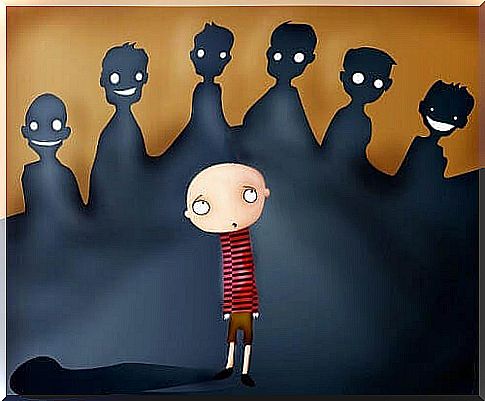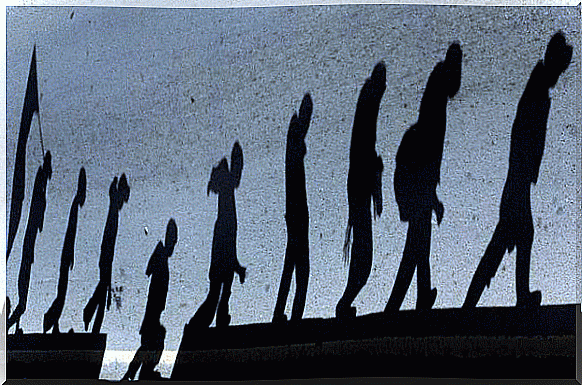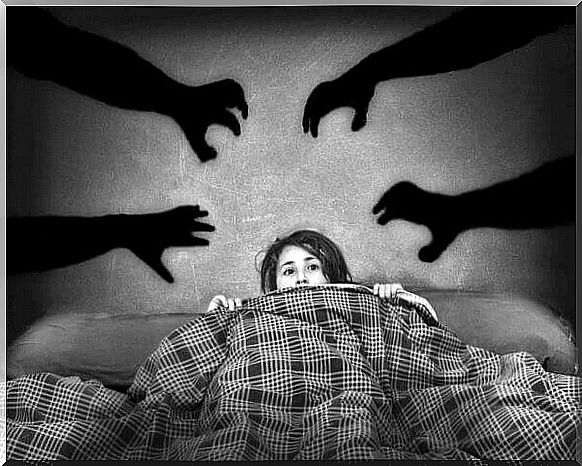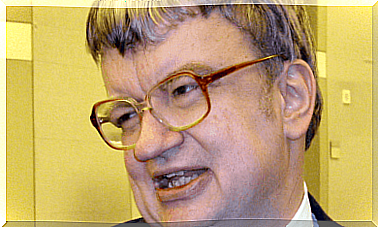How Does The Mind Respond To War?

Can you imagine going through a war? Waking up every morning knowing that it may be your last? Unfortunately, there are many people who do not have to imagine this; these people live every day immersed in a seemingly endless conflict.
We use the word “difficult to solve” to describe protracted conflicts or wars that seem to have no solution. The enduring nature of war wears on the people who go through it, whether they have a neutral position or are part of the warring sides.
People who have to go through war for a long time begin to develop coping mechanisms that allow them to reduce the effects that war has on their lives. The problem is that these mechanisms also make it difficult to achieve peace.

In order for a conflict to be classified as difficult to resolve, it should have the following characteristics:
- Be violent in nature. The violence must be physical, structural or symbolic.
- Be for a long period of time.
- Be central and total. The lives of the affected people are a source of constant preoccupation, and their needs are met only when conflict allows.
- Takes away the safety of the affected people.
- Perceived as a zero-sum game. The various parties do not meet the requirements of the others.
Are you aware of any conflicts with these traits? Of course you do. The ongoing conflicts in Syria and Iraq fit the definition perfectly, although there are more examples.
People who suffer from difficult conflicts resolve a change in the psyche. The negative experiences they face cause their socio-psychological, mental structure to change. This structure consists of three interconnected elements:
- Collective memory: this involves beliefs about the history of the conflict. These beliefs describe the start, the course, and the most important events that occurred during the war. It is a selective memory that only includes the events that benefit the purpose. Some subtypes of collective memory include popular memory, official memory, autobiographical memory, historical memory and cultural memory. This type of memory is cemented through the news.
- The ethos of conflict : this involves shared beliefs about the characteristics of society and the significance behind social identity. It is an organized view of the world that allows members of society to understand the context of the conflict in which they live and that guides their behavior. The main beliefs are justification of the group’s goals, positive images, victim mentality, delegitimization of the opponent, patriotism and unity.
- Collective emotional orientation: this is the tendency to express specific emotions. The most common emotions expressed are fear, anger and hatred, although there is also humiliation, pride and hope.

This structure provides a clear, holistic, meaningful explanation of why the conflict began, why it is maintained and why it is not resolved. But we, those who look at the conflict from our safe homes, do not have the same socio-psychological structure.
Our views on the conflicts will differ from the opinions of the people who live in them because the consequences for us are different from theirs. It is important to understand this structure when assessing the opinions of people who lived every day in a conflict. It is also important to understand that the solution will not be simple if these structures do not change.









